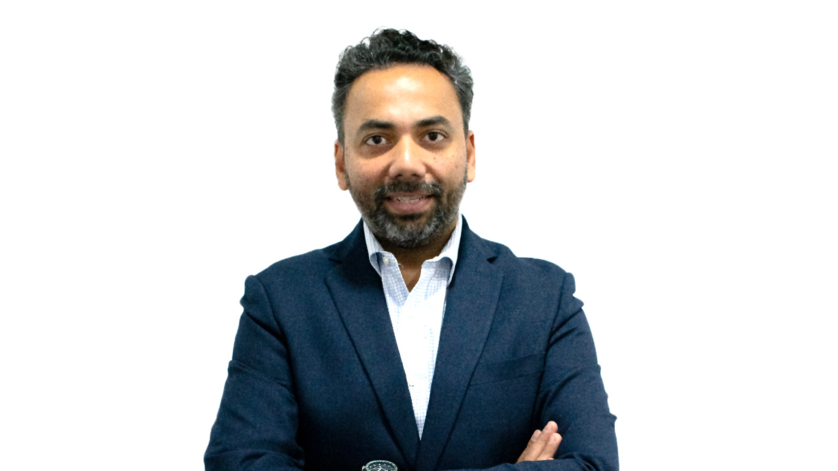ARTICLE AD BOX

When medical bills balloon into lakhs, or a car accident wipes out years of savings, or the untimely loss of a breadwinner derails a family’s stability, insurance is the lifeline that separates resilience from ruin.
For too long, however, this lifeline in India was frayed by opacity, paperwork, and dependence on middlemen. Insurance was not bought with confidence; it was sold with persuasion.But the landscape is changing. As India accelerates towards becoming the world’s third-largest economy, households are demanding stronger financial safety nets. Rising healthcare costs, greater mobility, and the aspirations of a young, digital-first population have made insurance essential. Into this moment have stepped web aggregators such as Policybazaar, platforms that have made insurance transparent, accessible,.
They are not just reshaping consumer journeys; they are reshaping India’s relationship with risk itself.From desks to digital dashboardsThe clearest shift in India’s insurance story has been from offline to online. For decades, the system depended almost entirely on physical touchpoints such as agents, branches, and dealers. Policies were often bundled with little scope for comparison or second opinions. Consumers had to accept whatever was put before them, whether it was health insurance recommended by an agent or motor insurance pushed by a car dealer.
The offline model worked, but it lacked transparency, created information gaps, and left customers with few tools to judge value for money.The digital model has overturned that imbalance. With the rise of web aggregators, every step of the process, research, comparison, purchase, renewal, and claims, has come online. Customers can see dozens of policies at once, compare them on price, benefits, exclusions, and service quality, and make decisions based on clarity rather than pressure.
Insurance, once a one-way conversation, has become a two-way dialogue with the customer firmly in control.Motor insurance is one of the striking examples of this transformation. Traditionally, car buyers depended on dealers for insurance at the time of purchase, often paying arbitrary sums with little transparency. It was common for dealers to bundle insurance at inflated costs, leaving customers with no real choice.
Today, a buyer can log on to an aggregator, compare policies instantly, and save substantial sums.
The price of a 3+3 motor insurance package (own damage plus third party) bought online can be similar to what dealers earlier charged for a far shorter 1+3 plan. The shift not only saves money but also delivers peace of mind, ensuring longer protection at a fair price.What makes comparison especially powerful is that every insurer approaches the same risk differently.
By comparing policies across insurers, customers can discover significant cost savings without compromising on protection. Technology as the new trust builderTechnology has transformed insurance from a fractured, intimidating process into a smooth, predictable experience. Policy issuance, renewals, and claim tracking all happen seamlessly through digital platforms. What once took weeks is now handled in minutes.Crucially, aggregators have become the helping hand customers need at the most critical moment: claims. The moment of truth in insurance has always been riddled with anxiety, but platforms now step in to guide policyholders, expedite processing, and vouch for what is rightfully theirs. Companies such as Policybazaar have even gone a step further by hosting initiatives such as Claim Samadhan Diwas, dedicated days where insurers and customers come together to resolve long-pending claims that were often stuck due to incomplete documentation or lack of clarity on terms.
These efforts show how aggregators are not just intermediaries but true advocates for the insured, ensuring that protection delivers when it matters most.Beyond policies: Awareness and educationIf transparency is the first revolution, awareness is the next. A significant share of India still views insurance narrowly as tax-saving or compliance rather than as a tool of protection. But the mindset is changing, thanks to concerted efforts by all the stakeholders including policymakers, insurance companies and aggregators, through their marketing and communications.
Through advisory content, product explainers, and comparison tools, they are demystifying a sector long associated with jargon and fine print.This educational role is central to deepening penetration. When families understand why health insurance shields them against medical inflation, or why term insurance protects dreams beyond a lifetime, adoption rises naturally. Platforms today are not only selling policies; they are shaping financial literacy at scale.
That shift is essential if India is to move from underinsurance to robust, inclusive protection.Ecosystem growth is essentialThe digitalisation of insurance has also spurred a new wave of job creation and entrepreneurship. Engineers, data scientists, advisors, and service professionals power the seamless journeys consumers now expect. Agents, too are benefitting, using digital tools to advise clients better and reach them faster.
Rather than displace traditional roles, aggregators are strengthening them with technology.Around these platforms, an ecosystem of start-ups and partners is thriving, building products, designing add-ons, and innovating in embedded coverage. Each policy sold online represents not just protection for a customer but livelihood for someone in the ecosystem.Insurance as a pillar of resilienceThe wider impact of this digital shift extends far beyond convenience.
Every health or life insurance policy sold online adds a layer of resilience to households and, by extension, to the economy. When emergencies no longer wipe out savings, when income continues despite adversity, families recover faster and plan better.As India pushes towards its 2047 vision of becoming a developed economy, insurance is emerging as one of the essential safety nets alongside highways, digital infrastructure, and banking inclusion. The future of insurance in India will be digital, but its true impact will be human, measured not in policies sold but in lives secured, shocks absorbed, and ambitions kept alive. Web aggregators are leading this evolution, and their role will only deepen as India’s appetite for protection grows.
Disclaimer - The above content is non-editorial, and TIL hereby disclaims any and all warranties, expressed or implied, relating to it, and does not guarantee, vouch for or necessarily endorse any of the content.



.png)
.png)
.png)
















 2 hours ago
3
2 hours ago
3









 English (US) ·
English (US) ·